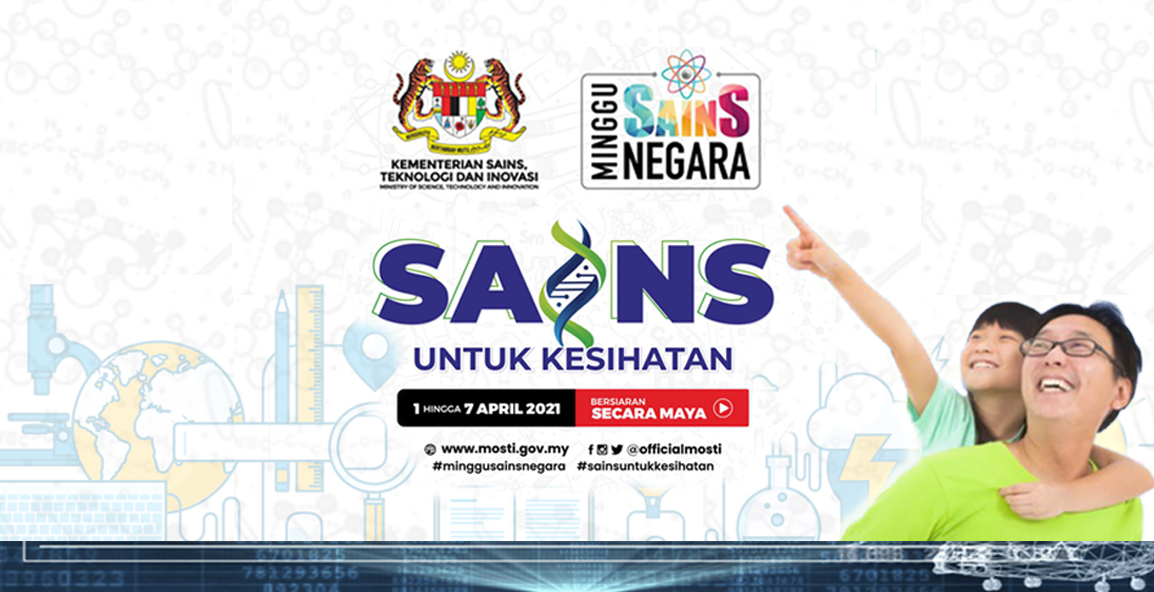5 recent scientific breakthroughs that feel like they were made just for Malaysians
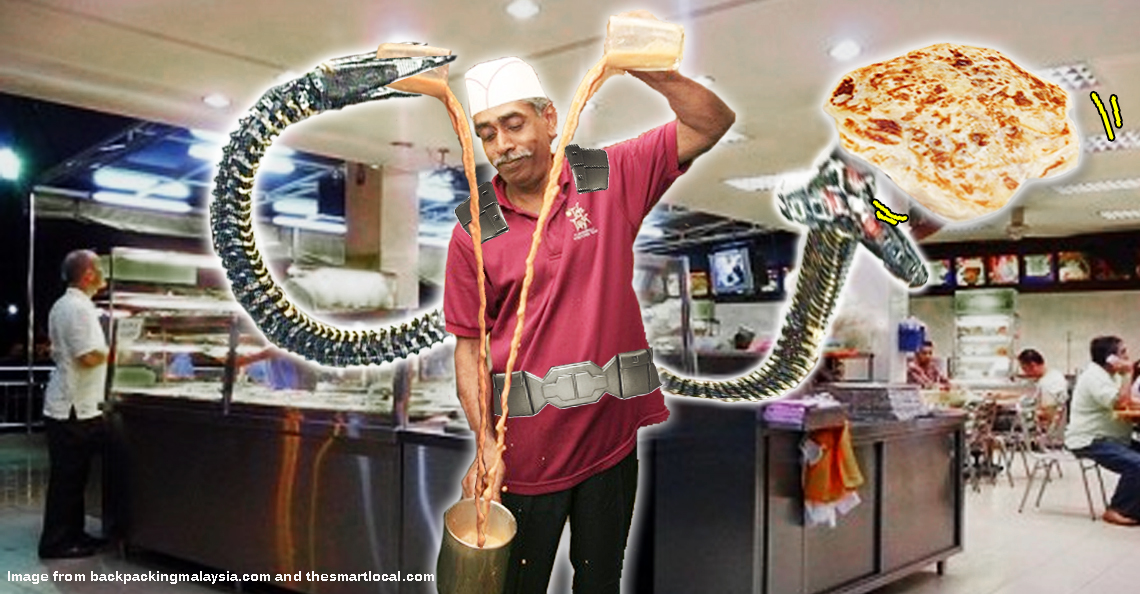
- 1.0KShares
- Facebook867
- Twitter13
- LinkedIn23
- Email44
- WhatsApp65
Merdeka is coming soon, and it’ll be exactly 60 years old since Malaya gained independence. In that time, it’s obvious how much technology has grown. From rotary dial phones to smartphones in our pockets, from bicycles to MRT, from black and white television to 1080p super ultra power whatever HD, the advances of science and technology has help build and shape the Malaysian way of life we know today.
But like a Malaysian driver approaching the yellow light, the growth of science and technology will never stop, and will continue to bring us more and more cool stuff like virtual reality, hybrid cars, drones and fidget spinners.

We know that most of you are too busy enjoying the sweet labors that science and technology has given us, and barely have any time left to mind about the recent creations and innovations in the scientific field. So, we decided to illuminate ugaiz with some of the recent scientific innovations that we’ll hopefully see in Malaysia soon.
[Keep in mind that these are sort of new innovations/success. It might be quite some time before we see these out for common use.]
1. Imagine eating SUPER RING, answering WhatsApp and changing the channel all at the same time

If you have ever wished that you had more than 2 arms, you might only need to wish a little bit longer. Imagine needing a helping hand, but getting two whole arms instead! (TWO!). In 2014, researchers at Massachusetts Institute of Technology are developing a very handy set of robotic arms just for the times you wished you had an extra set of arms.
OK fine, so the arms don’t have fingers yet, maybe you can hang a teh ais ikat tepi on it or something. The arms were meant for more laborious work like installing a ceiling light or book shelves, or other instances when you need an extra person just to hold things up for you. But how do the arms know what to do?
They have been programmed to learn by a method called “teach by demonstration”. By moving the arms manually, the arms will be shown how to do a specific task, and it would then remember what to do on its own later. Sensors on the user’s wrist and on the robot itself will help the robot arms decide what to do and when to do them as well.
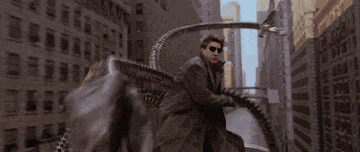
Another version can also help users increase stability and hang around places too! Kinda like Dr.Octopus from Spiderman. However, researchers are still refining their creation by looking for ways to reduce the weight, increase its strength, and improve the coordination of the robot arms.
2. Self-driving trucks could reduce accidents on the North-South Highway

You might have heard about Google’s or Tesla’s self driving cars, and might be asking: But Cilisos, what about the self-driving cars? Well, mainly because cars are more complicated and more of a personal convenience, while bigger vehicles are mostly used for long hauls and commercial purposes.
Daimler (who also owns Mercedes Benz) is the largest truck manufacturer in the world and in 2015, they made history by successfully carrying out the first ever self-driving test for a large vehicle on public roads. Some interesting features the truck has is that it will ask the driver to take over if the weather changes or if a there’s an obstacle in front. It also has brake assist, active cruise control, and drowsiness detection.

And there are a lot of incentives to normalise these trucks too. In Malaysia, we always get news about buses or lorries crashing on some highway somewhere, and we’ve also wrote about why these crashes are so frequent before. With self-driving trucks, we can easily reduce accidents caused by human errors like fatigue, and also solve the shortage of drivers. From an economic viewpoint, self-driving trucks also save on fuel cost, because depending on the skill of the driver, fuel usage can vary up to 30%.
To be fair, the trucks are currently semi-autonomous at best. It works well navigating long open highway roads, but it still needs a human driver to drive in the smaller and more crowded roads, and if the truck requires a driver to take over in the scenarios mentioned previously.
3. Human-animal embryos could cut Malaysia’s organ waiting list short
First thing’s first, lets get it straight, THESE are embryos, at different ages:

That’s right, a tiny human-animal baby was successfully made in a laboratory, making it the first time in history a human-animal hybrid was successfully created. But before we assume that this is the some evil scientist plot, let us understand why this achievement is important.
Did you know that there are 19,895 people waiting for an organ transplant in Malaysia? The seriousness of it is compounded by the fact that Malaysia’s organ donation rate is only 0.6 donors per one million people, which is among the lowest in the world. We can’t even get 1 full person to donate an organ out of 1 million people!

The success of the hybrid embryo is actually a huge step towards being able to grow human organs in the lab. Previously, scientist proved that they could create rat-mouse hybrids, because they were similar physically and genetically, and the same thing can be done with humans.
The process however, is less exciting than the natural way of making embryos. It involves deleting some genes in the animal’s embryo, and then replacing the gene’s function with human stem cells. Let’s say the genes deleted were for growing the animal’s lungs, the embryo wouldn’t be able to grow the lungs anymore. Instead, the human stem cells added would be accepted to be grown into lungs! But the resulting lungs would be a mix of animal and human lungs.

Though still a long way to go, one day it is hope that we can grow any human organs on demand, and hopefully even without the use of animals (though that might take a much longer time).
4. All Malaysians can afford houses when we 3-D print houses
In Malaysia, the property market is facing a challenging time. Affordable housing has become an issue, as both property prices and supply continue to rise. Currently, the finance ministry points out that properties around RM 500,000 would be considered “affordable” in the private sector, but that amount is very, very far from what Bank Negara calls “affordable”, which is around RM 200,000.

Although we still don’t see it a lot, 3-D printing services are actually already available in Malaysia. 3-D printing is much like normal printing, but instead of printing chili on a piece of paper, you can print an actual chili model instead.
Of course, it would require its own printer, gel/polymer to form the model, and even a 3-D scanner. 3-D printing software actually reads an image layer by layer, and the model is printed layer by layer too. Here’s a 3-D printer printing a high-five.
But, a Russian tech startup called Apis Cor has taken 3-D printing further. Forget about downloading a car, because they managed to 3-D print an entire house. Using a big, portable 3-D printer, the house was printed outdoors. The doors and windows was installed separately after the house was printed, then the paint was applied.
Even more impressive was the cost, because they managed to build the entire 400 square feet house for only $10,134 (RM40, 536). On top of that, the entire house was completed in less than 24 hours. Imagine being able to pick or customise a house from your computer, then send in an order to get it build by tomorrow (at a reasonable price too), spared from a lot of dust and sound pollution too!
5. Keep your house safe from insects and rats… with furniture that eats them
Early April 2017, news broke that a grocery was forced to close down because a rat was caught on video chilling on one of its top shelves. In October 2016, Remy was also caught inspecting a tray of freshly baked bread in a bakery in another popular mall.

Malaysia’s rat problem is not a new one; back in 2013 the DBKL was even offering people RM1 for each rat caught. On top of that, who doesn’t know the feeling of being pestered by flies when you eat at your favourite stall, or harassed by mosquitoes when eating at your other favourite stall at night.
Jimmy Loizeau and James Auger, two designers/inventors made a series of pest eating furniture prototypes, specifically to blend into the house and in their own words, provide a source of “dark entertainment”. Below you’ll see a lamp that’s attracts insects and moths with its light into its dome. But little did they know, there is no escape for the insects, and they will fall into the microbial fuel cell under the dome when they die.

A microbial fuel cell is basically a battery that converts chemical energy (in this case, the decaying bodies of insects) into electricity with the help of bacteria. Obviously, the current produced would be very low, and not be enough for very heavy work. Which is why the furnitures have either very low electricity requirement, so you’ll never have to worry about it running out of battery.
In the video below, you’ll see a clock that doubles as a fly paper trap. The bodies of the fly will serve as an energy source for this clock of doom.
Finally, they have a coffee table that’s also a mouse trap, although we doubt any of us would feel comfortable sipping Milo near a table that has a dead rat inside. Then there’s also the problem of how will the rat die, and dealing with the possible smell…
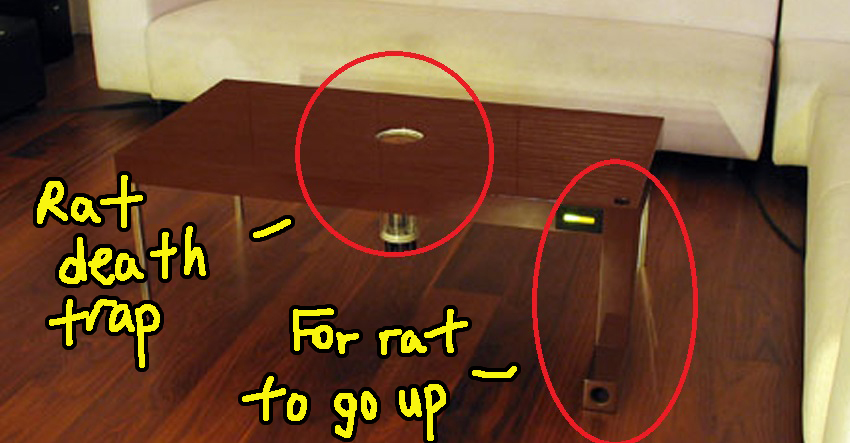
Still, their innovative designs does creatively combine 2 very different household needs into one. It’s just that they probably have to increase the furniture’s appetite, if they plan to sell it to Malaysians. Perhaps we can improve their ideas for local use, like a lamp that lures Aedes mosquitoes, seeing how dengue is on the rise in Malaysia lately.
Without noticing, we’ve been enjoying many innovations from abroad
These were only 5 things in the amazing list of inventions and innovations that has surfaced in the past few years, like roads that charge your car as you drive, nuclear fusion, jet packs, paralysis reversing brain implants and many more. Lately, we can even see virtual reality technology slowly coming into different aspect of our lives. We’re pretty sure 10 years ago, many of us wouldn’t have imagined VR being a normal thing.
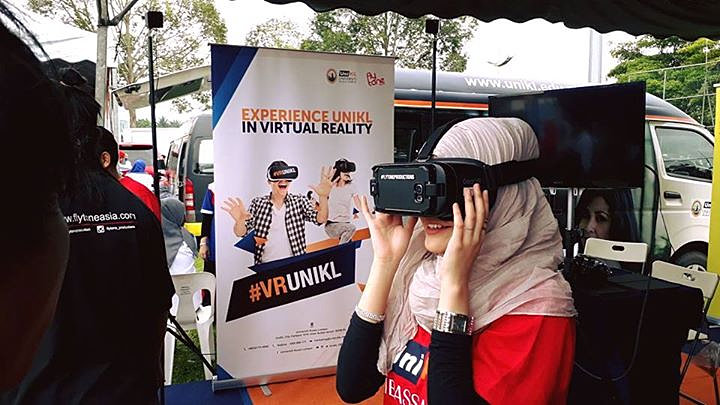
Ideally, if would be great if more Malaysians could be part of the inventing process, instead of just being at the consumer end. Many young and old Malaysians have shown great capability in taking Malaysia’s name to the international level, and it would certainly do Malaysians proud to have more brilliant innovations in our name.
- 1.0KShares
- Facebook867
- Twitter13
- LinkedIn23
- Email44
- WhatsApp65

